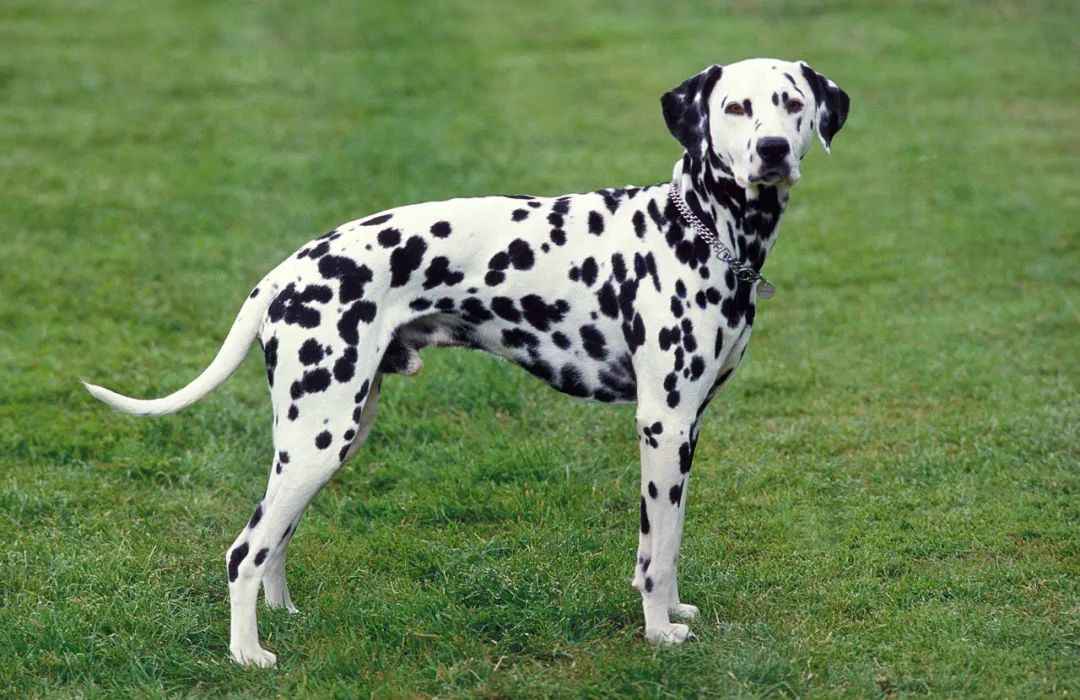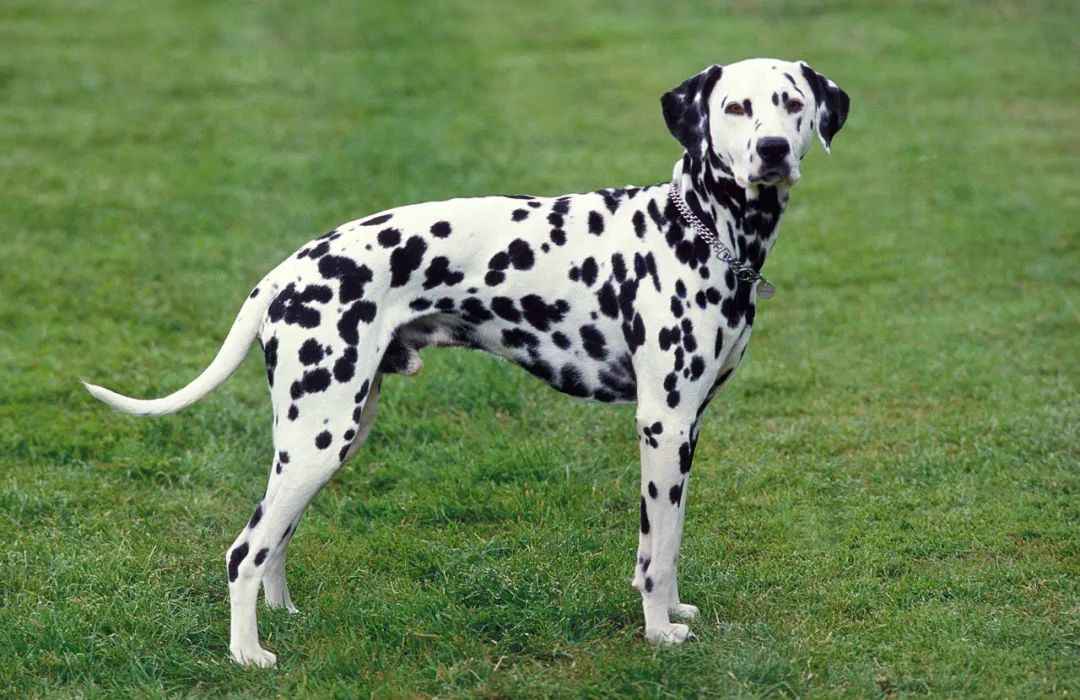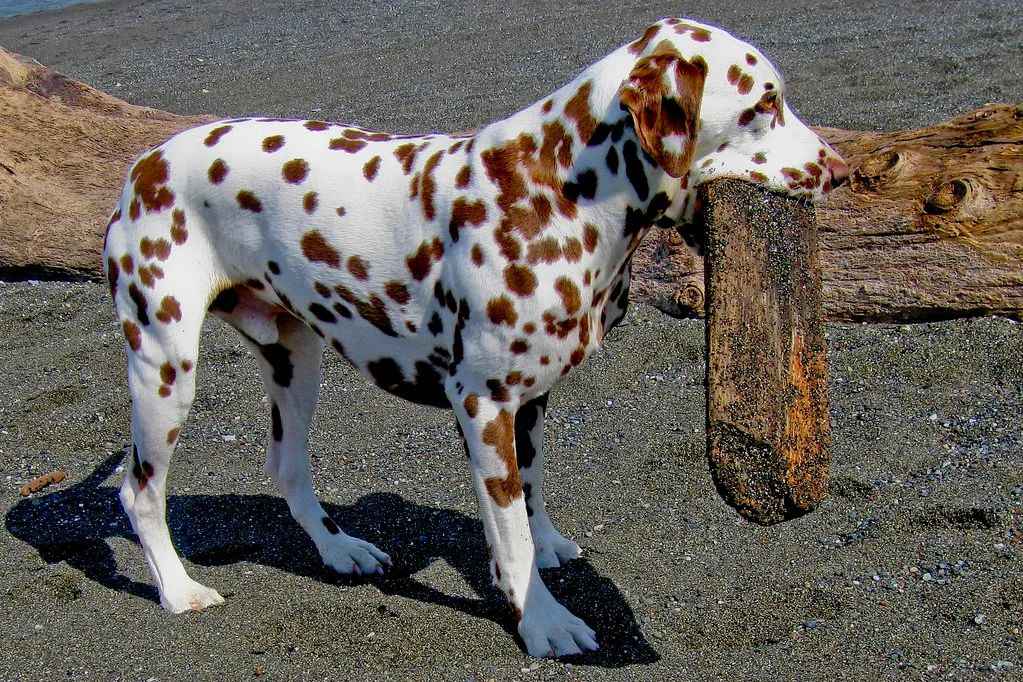The Dalmatian, renowned for its iconic black-and-white spots and elegant demeanor, stands as one of the most recognizable dog breeds globally. Originating from the Dalmatia region of Croatia, this medium-sized canine has carried a millennia-old legacy while evolving into a multifaceted companion in the modern world.
The Spotted Guardians: Unveiling the History and Modern Allure of Dalmatians

Source: Images from the Internet, if there is any infringement, please contact the removal of
The Dalmatian, renowned for its iconic black-and-white spots and elegant demeanor, stands as one of the most recognizable dog breeds globally. Originating from the Dalmatia region of Croatia, this medium-sized canine has carried a millennia-old legacy while evolving into a multifaceted companion in the modern world.
The Dalmatian’s roots trace back to 14th-century Croatia, where it served as a versatile working dog for guarding, hunting, and warfare. In the early 19th century, as carriage culture flourished, the breed gained fame as the "carriage guardian" of nobility across Europe. Its most legendary role unfolded as a firehouse dog: during the era of horse-drawn fire engines, Dalmatians leveraged their natural affinity for horses to clear paths, protect equipment, and safeguard the horses while firefighters worked. Even after fire engines mechanized, they remained symbolic mascots in fire safety campaigns, embodying the "spiritual emblem" of firefighters.
Dalmatians sport a short, dense white coat adorned with evenly distributed black or brown spots, each pattern a unique "biometric signature." Adults stand 56–61 cm tall and weigh 24–32 kg, boasting a sleek, muscular build and remarkable speed. Their personalities blend extroversion, loyalty, and intelligence, with innate guarding instincts balanced by warmth toward family. However, their high energy requires at least 1.5 hours of intense daily exercise to prevent boredom-driven behavioral issues.
Source: Images from the Internet, if there is any infringement, please contact the removal of
While Dalmatians typically live 11–13 years, health vigilance is critical. Approximately 15–30% face congenital deafness, with 5% being bilaterally deaf. Hereditary uric acid metabolism disorders predispose them to bladder stones, necessitating low-protein diets and regular urine checks. Hip dysplasia and skin allergies are also common, prompting recommendations for specialized kibble and routine veterinary screenings. 2025 breeding trends highlight DNA testing for low uric acid (LUA) genes, which has significantly reduced stone prevalence.
Dalmatians gained global fame through Disney’s 101 Dalmatians, but their artistic legacy spans ancient Egyptian murals and European classical paintings. Today, they thrive not only as family pets but also in dog shows, charity events, and even therapy work, offering comfort as emotional support animals. As author Dodie Smith wrote in 101 Dalmatians, their loyalty and courage transcend fiction, making them real-life "spotted guardians."
From the ancient villages of Dalmatia to modern city streets, Dalmatians continue to captivate humanity with their loyalty, bravery, and distinctive charm. Whether fulfilling historical roles or enriching contemporary life, these spotted guardians embody the timeless essence of "man’s best friend."







